Author: Bankless
Translation: Jordan, LianGuaiNews
The most talked-about event in the Ethereum community recently is undoubtedly the ETHCC (Ethereum Community Conference) held in Paris, France. If you missed some key activities, don’t worry, this article will review and summarize the important events at this conference (note: the events are not ranked in any particular order).
1. Lens Protocol Releases V2
During the Ethereum Paris ETHCC conference, the Web3 social protocol Lens Protocol officially released its V2 version. It aims to be open and composable, with shared interests, trust, and security as its main features. Now, users can directly execute external smart contract operations in Lens content posts, and Lens V2 has also added the ability to interact with smart contracts within social media. Another new feature introduced by Lens Protocol is Profiles V2, which is an account management system that uses the ERC-6551 token standard (“token-bound accounts”) to provide NFTs with their own social relationships, discourse power, and monetization opportunities.
- The Love-Hate Relationship Between Ether.fi and OpenSea Legal Risks Exposed by a Sudden Delisting Incident
- Blue-chip DeFi New Narrative Reviewing the Fundamental Data of Aave and Compound
- Blue-chip DeFi New Narrative A Review of Aave and Compound
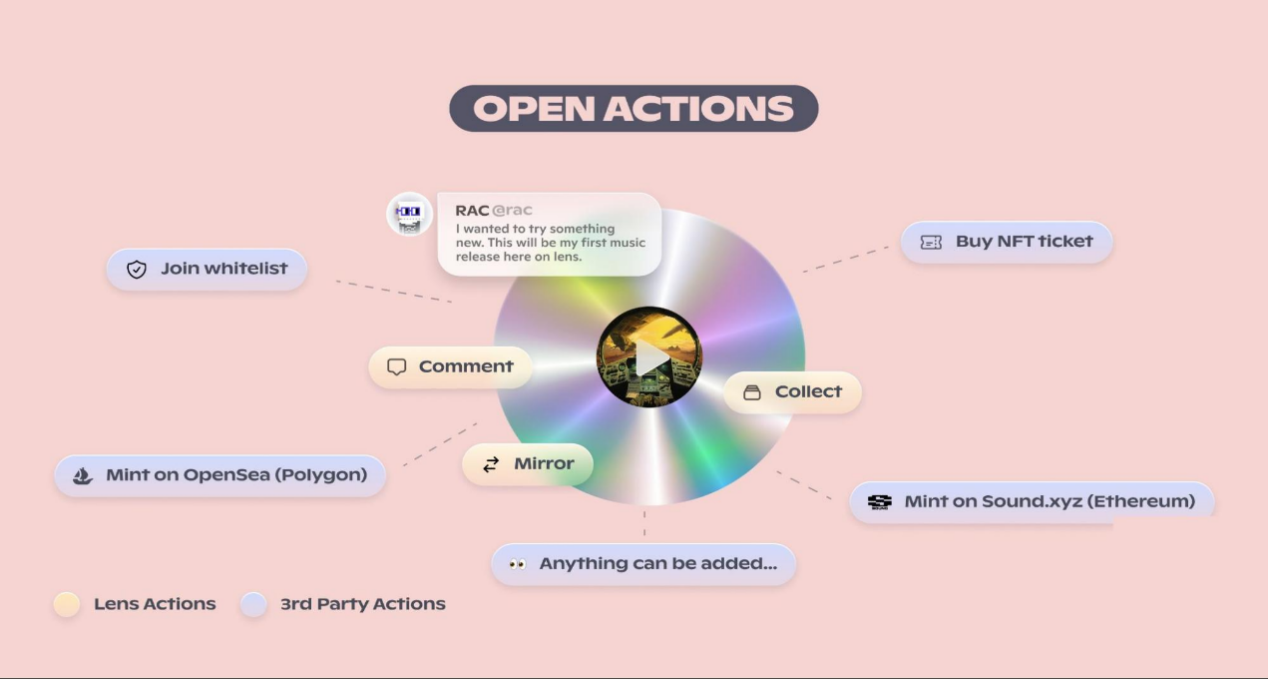
Related reading: A Quick Look at the Five New Features of Lens V2
2. UniswapX
Decentralized trading platform Uniswap launched the non-custodial, Dutch auction-based protocol UniswapX at the ETHCC conference. The price of the trading orders gradually decreases until they are filled. UniswapX aims to solve this problem by outsourcing the routing complexity to third-party providers (fillers) through an open network. Then, third-party fillers compete to use on-chain liquidity such as AMM pools or their own private inventories to complete the swaps, helping traders find the potential best prices.
In addition, the protocol also provides gas-free transactions (swaps), support for no additional costs for failed transactions, and protection against MEV launches.

Related reading: 3-Minute Introduction to UniswapX: How Powerful is the Next-Generation DEX Liquidity Aggregator?
3. Chainlink Cross-Chain Interoperability Protocol
Cryptocurrency oracle provider Chainlink announced the launch of the Cross-Chain Interoperability Protocol (CCIP) at the ETHCC conference. This is a technology designed to link applications on public and private blockchains. It has been deployed on Avalanche, Ethereum, Optimism, and Polygon mainnets, aiming to unlock new cross-chain economies. Chainlink CCIP supports developers in flexibly building their own cross-chain solutions. Protocol participants can also use their own controlled and audited token pools to transfer tokens cross-chain without custom code, greatly reducing the development and deployment time of cross-chain bridges.
Sergey Nazarov, co-founder of Chainlink, likened CCIP to the “TCP/IP protocol of the financial market.” CCIP aims to create a more powerful and flexible DeFi ecosystem.

Related reading: Chainlink CCIP goes live on the mainnet, understanding its technical features and application scenarios in one article
IV. Starknet Application Chain
StarkWare, the Ethereum Layer 2 scaling solution, announced at the ETHCC conference that Starknet will soon launch Starknet Application Chains (Appchains), allowing users to customize blockchains for certain specific applications.
Currently, Optimism has Superchain, Arbitrum has Orbit, and zkSync has Hyperchains. Although these strategies may have different levels of open-source code or different underlying architectures, they all reflect similar principles. The Starknet Application Chain, while retaining the public advantages of Starknet, also has features such as customizability and decentralization. By creating a Starknet Application Chain, applications can provide users with better throughput and an enhanced user experience.
In addition, StarkNet has also released the high-performance sequencer Madara, which enhances the capabilities of the Cairo VM by using the Substrate framework, further improving the interoperability and on-chain privacy level of the application chain and Starknet.

V. Gnosis LianGuaiy
Gnosis Chain announced the decentralized payment network Gnosis LianGuaiy and the self-hosted debit card Gnosis Card during the ETHCC conference. Gnosis LianGuaiy is built on Gnosis Chain and covers all Visa payment networks. According to its architecture diagram, banking systems, Visa, MasterCard, and other payment methods will interact directly with Gnosis LianGuaiy L2. It is reported that its L2 has chosen the Polygon zkSupernet stack (Polygon zkEVM). Gnosis Card is a self-hosted consumer debit card certified by Visa. Transactions are completed through smart contracts on the decentralized payment network of Gnosis LianGuaiy, and it can be directly linked to on-chain wallets to meet various offline and online card payment needs.
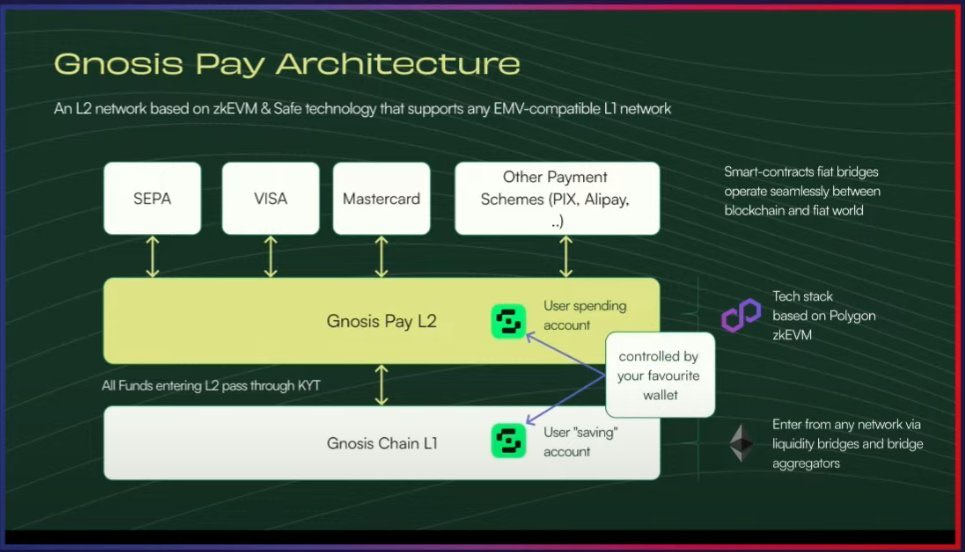
VI. Mantle
Mantle Network, an Ethereum Layer 2 network, officially launched the mainnet Alpha version at the ETHCC conference. Mantle Network is an Optimistic rollup scaling solution incubated by BitDAO, aiming to achieve higher throughput with modular and decentralized data availability. The network has undergone six months of development and testing, during which it has processed over 14 million on-chain transactions.
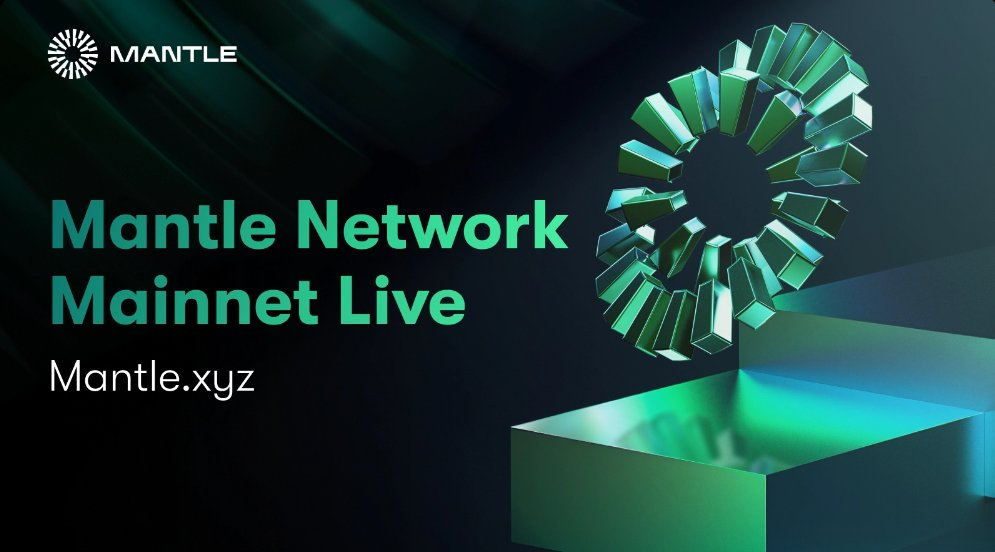
VII. Linea
Linea is also an Ethereum zkEVM Layer 2 network launched by ConsenSys. It released the mainnet Alpha version and opened it to the entire community during the ETHCC conference. Developers currently have access to the Rollup and ETH bridge user interface, as well as RPC endpoints in Infura and MetaMask. In addition, Linea will also launch a specification token bridge for supporting ERC-20 tokens in the coming weeks.
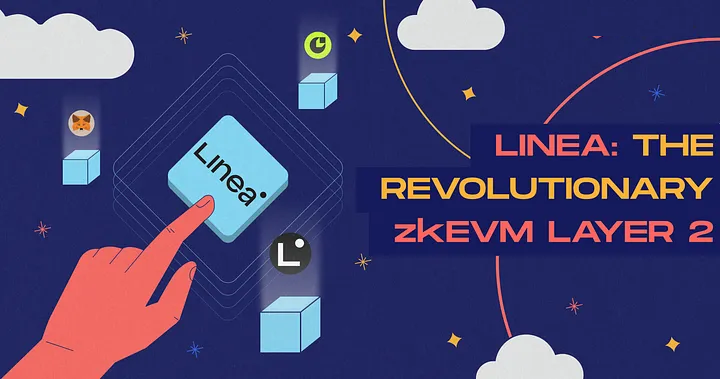
Related reading: zkEVM Linea, a mainnet under ConsenSys, goes live, and its ecological development status is outlined.
8. Expansion of the Scope of EVM Impact
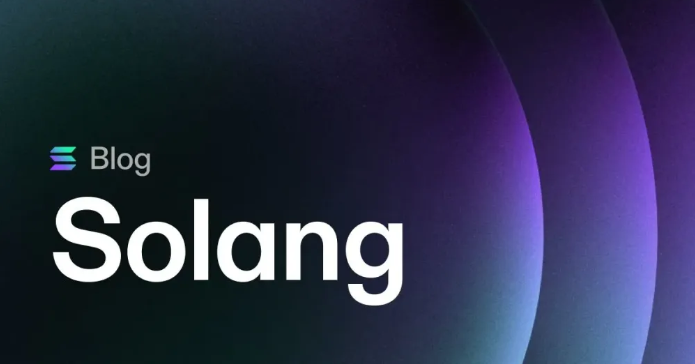
Today, participants in the Ethereum conference are no longer limited to the Ethereum community. Teams from crypto ecosystems around the world also hope to showcase their development achievements, especially those related to Ethereum.
For example, Tezos and Solana are making efforts to make it easier for Ethereum developers to migrate to their blockchains. During the ETHCC conference, they also announced some optimization measures. Tezos introduced the EVM-compatible solution Etherlink, and Solana released the compiler Solang, allowing Ethereum developers to write smart contract code in Solidity on the Solana blockchain.
Summary
The important results announced at the Paris ETHCC conference are comprehensively promoting the development of the Ethereum ecosystem and will also have an impact on the broader crypto market. From DeFi to Web3 social networks, the future of Ethereum will be more diversified.
Like what you're reading? Subscribe to our top stories.
We will continue to update Gambling Chain; if you have any questions or suggestions, please contact us!